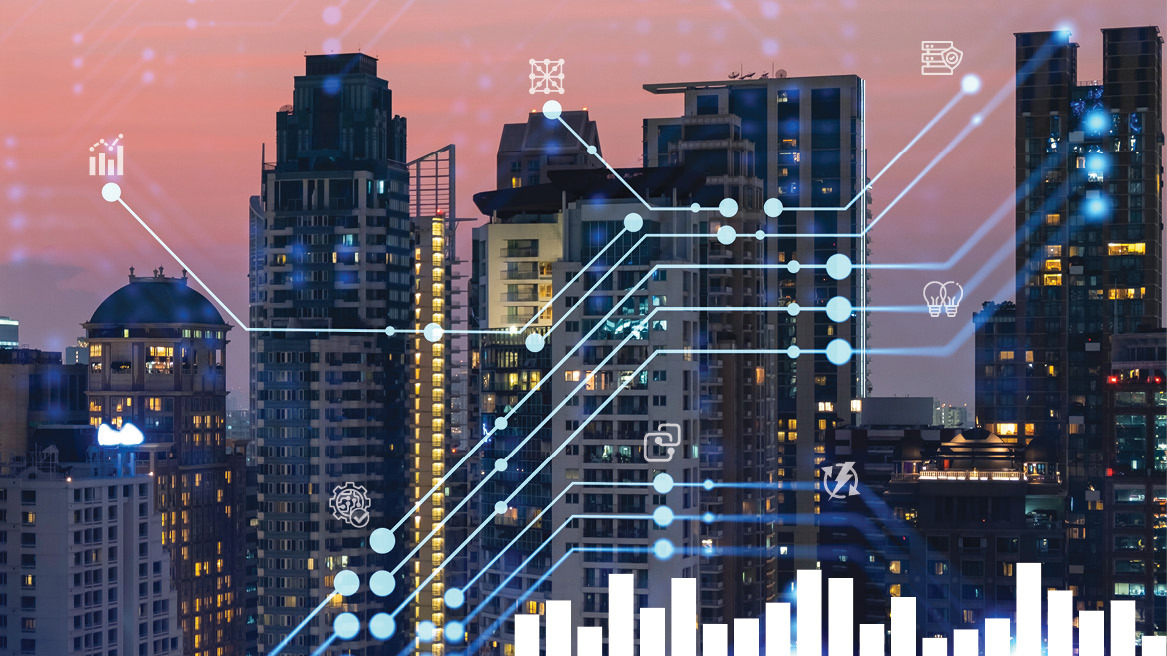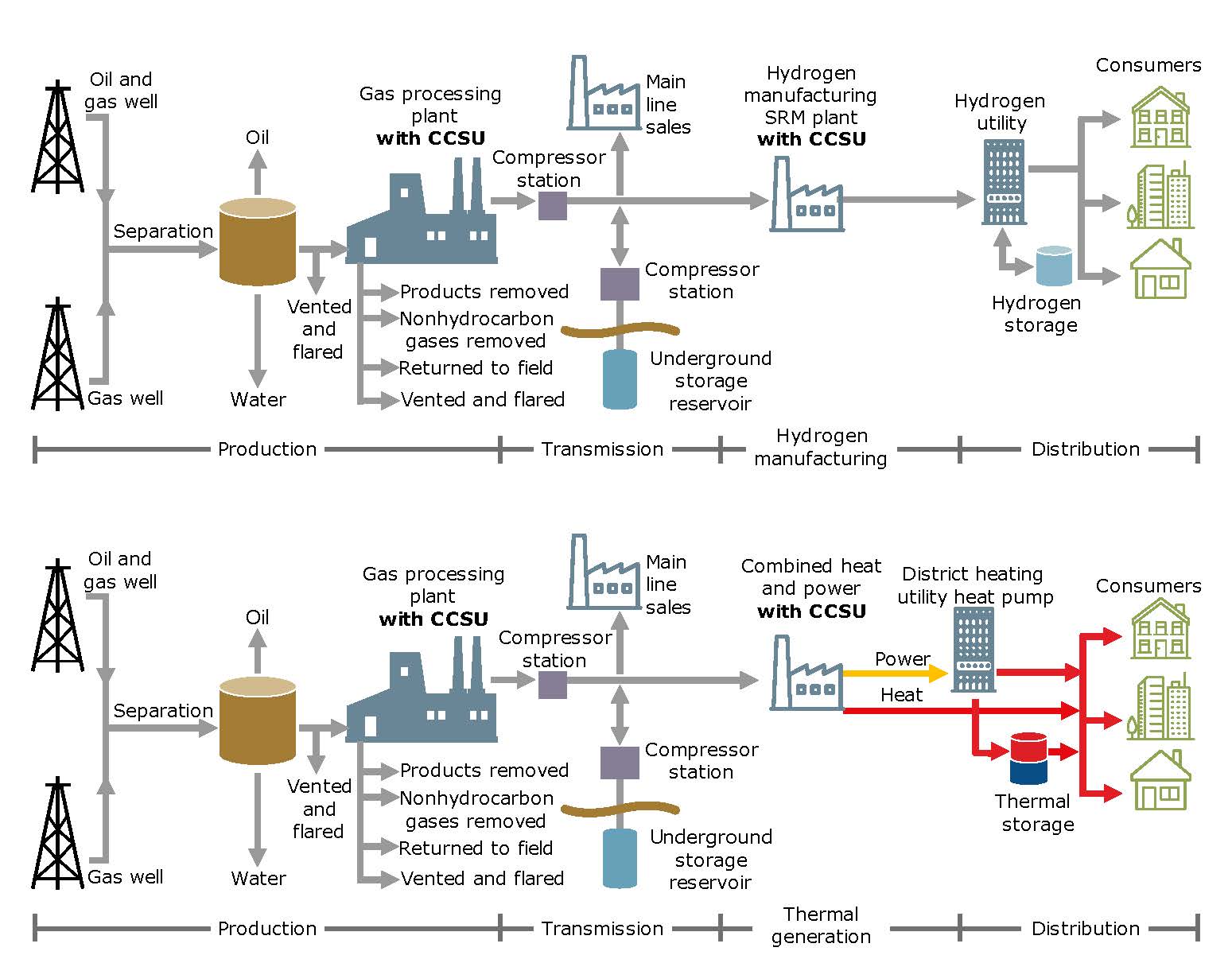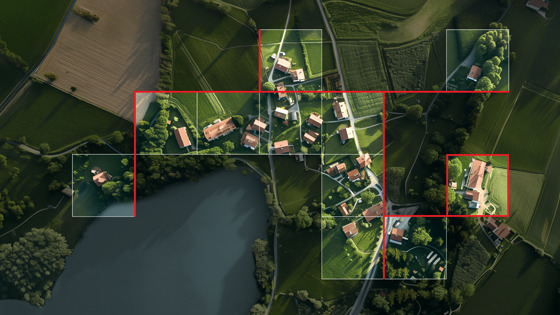
As the built environment comes under increasing scrutiny for its role in climate change—contributing around 28% of global energy-related CO₂ emissions—heating our buildings more sustainably has become an urgent task. For building services engineers, the key question is no longer if we must change how we heat our buildings, but how we do it most effectively.
Two solutions often dominate the debate: hydrogen and district energy. Hydrogen, positioned as a future-proof, clean energy carrier, is promoted for its compatibility with existing gas infrastructure. However, as Gareth Ash, Marketing Communications Manager at Danfoss, argues, this pathway is fraught with inefficiencies. Meanwhile, district energy offers a proven, scalable, and significantly more energy-efficient alternative that is already delivering low-carbon heat across Europe.
Hydrogen: hype vs. reality
Hydrogen is undeniably attractive on paper. It promises zero emissions at the point of use and the potential to repurpose existing natural gas infrastructure. But this comes at a high cost—both financially and environmentally.
Firstly, existing gas networks across Europe are largely incompatible with high hydrogen concentrations. Retrofitting them for pure hydrogen would require extensive renovations, from transmission lines to appliances within buildings. Current safety regulations limit blending in many countries to as little as 6% hydrogen, making widespread use years—if not decades—away.
Secondly, the energy losses involved in producing hydrogen, compressing it, transporting it, and finally using it for heating are significant. It is a high-quality energy carrier being applied to a low-quality demand—room heating—resulting in an inefficient use of valuable primary energy.
District energy: proven, scalable and efficient
By contrast, modern district heating systems can use waste heat, ambient heat, and renewable energy sources such as geothermal, biomass, or excess heat from industrial processes and data centres. District energy systems are uniquely positioned to reduce primary energy demand, lower greenhouse gas emissions, increase resilience and flexibility in the heating network, and deliver cost-efficient solutions to cities and densely populated areas.

A recent Danfoss comparison between hydrogen and district heating, using identical primary energy sources, found that district heating systems required significantly less primary energy. The ability to harness ambient heat via heat pumps gives district heating a considerable advantage in both blue (transitional) and green (fully renewable) energy scenarios.
What makes district energy even more compelling today is its evolution through digital technologies. Today, district energy offers an end-to-end solution, from the ability to optimise heat transfer and system control from the energy source at one end of the network through to the end-user level. Modern networks can now be managed using digital twins, smart controls, and AI-enhanced analytics that optimise energy use from production through to end-user delivery.
This is not just theoretical: intelligent district systems are already operating across Europe, maximising efficiency, reducing losses, and allowing for real-time adjustments in response to weather, occupancy, or energy price fluctuations.
District energy offers unique opportunities to deliver sustainable heating and cooling from a wide variety of renewable sources—which might not be accessible at an individual building level—reinforcing the concept of a complex heat or cold maze. Using minimal primary energy inputs, district energy enables generation from production through to distribution and consumption. Intelligent control systems form the foundation to realise the full potential of this interconnected network.
Complex district networks are like mazes, marked by loops, interconnections, and an array of paths. Unlike traditional mazes with a single start and endpoint, today’s district energy systems have multiple starting points—various thermal plants or energy sources—and thousands of endpoints across consumer buildings. As the system’s complexity grows, so too does the importance of applying effective control logic.
In networks with several thermal plants using diverse energy sources, precise management of when, where, and how energy is produced, distributed, and consumed is essential. With advanced control logic supported by intelligent digital solutions, operators can achieve more cost-effective energy production, maintain comfort for end users, and significantly reduce CO₂ emissions.
Leveraging renewable sources—such as heat pumps that recover excess heat from data centres or supermarkets, biomass like wood chips, or geothermal energy—gives operators the flexibility to select inputs based on availability and economic conditions. This adaptability enhances system resilience and helps insulate operations from market volatility. Historically, district energy has cut CO₂ emissions by 3–4%, and with modern digitalisation, the transition to low-carbon heating is accelerating.

Moreover, the integration of smart controls, AI-enhanced analytics, and digital twins allows real-time optimisation of system performance—from heat generation to consumption. These technologies enable operators to respond dynamically to changing weather, energy prices, or occupancy levels, driving both environmental and economic gains.
Conclusion: a smarter path to net zero
For engineers designing tomorrow’s heating systems, the challenge lies in adopting technologies that deliver maximum energy efficiency while supporting decarbonisation goals. End-to-end district energy solutions, especially when paired with intelligent digital tools, provides a flexible, scalable, and future-ready solution that hydrogen, in its current form, cannot match.
While hydrogen may still have a role to play in hard-to-decarbonise sectors or specific industrial processes, heating buildings sustainably across our cities calls for proven, flexible and efficient systems. District energy meets those demands.
As the UK transitions toward a net zero future, building services engineers will be essential to that journey—specifying, designing and delivering the systems that will heat our buildings in a smarter, cleaner way for decades to come.
For more information visit: Danfoss
